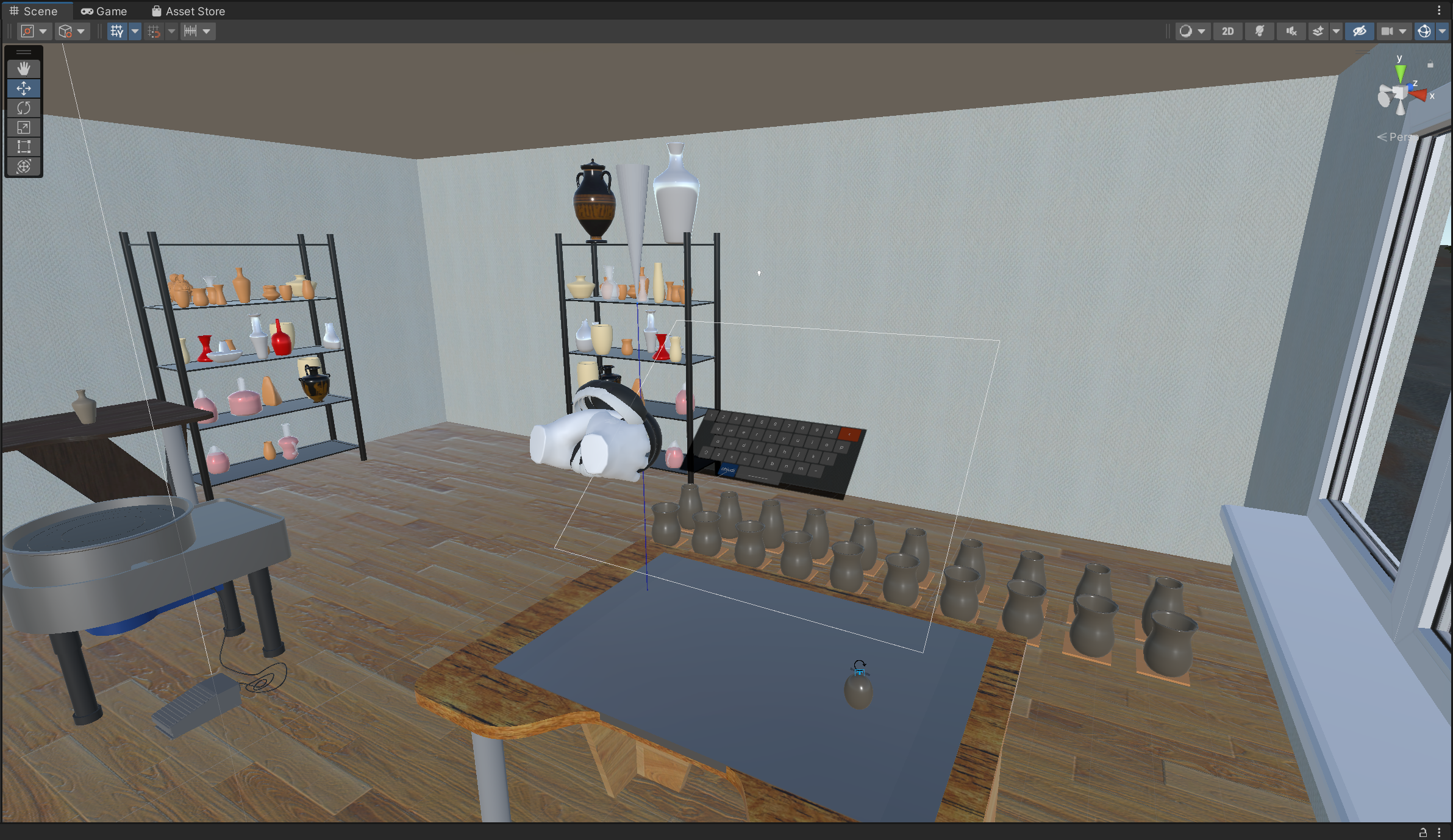Nicola Capece, Ph.D
Assistant Professor (tenure-track)
Computer Science
Università degli Studi della Basilicata
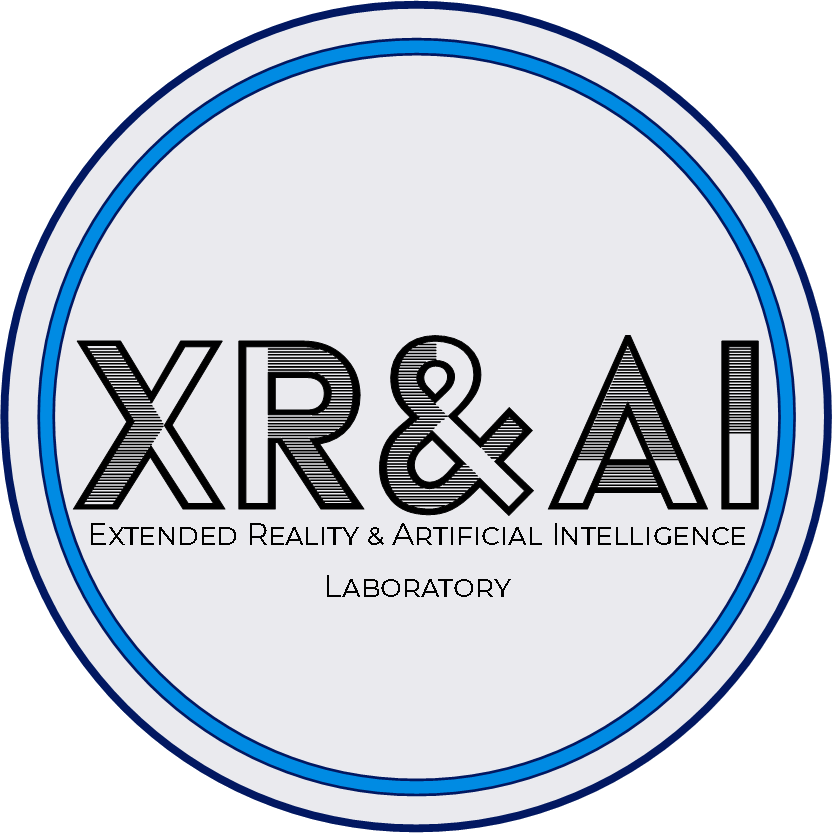
Augmented Reality for the maintenance of Electric Lines
The aim of the project concerns the design and development of a Mobile App for maintenance management along electrical lines through the Augmented Reality. In particular, the App has to provide assistance to the technicians involved in the maintenance of power lines in all phases of the intervention, that is, from the initial research phase of the geographic area involved to assistance on the type of intervention to be performed.




EO4GEO[link]
EO4GEO is an Erasmus+ Sector Skills Alliance gathering 26 partners from 13 EU countries, most of which are part of the Copernicus Academy Network. Be they from academia, public or private sector, they are all active in the education and training fields of the space / geospatial sectors. Technological progress and globalisation offer tremendous opportunities for innovation, job creation and growth. This also requires people to acquire new skills in order to drive and support change. But which skills are they, and how can we build and shape the workforce of the future? This is where EO4GEO steps in. EO4GEO aims to bridge the skills gap between the supply and demand of education and training in the space/geospatial sectors, fostering the uptake and integration of space/geospatial data and services in a broad range of application domains. EO4GEO will work in a multi and interdisciplinary way and apply innovative solutions for its education and training actions: case-based and collaborative learning scenarios; learning-while-doing in a living lab environment; on-the-job training and co-creation of knowledge, skills and competencies. The project started on January 1st, 2018; it will run for 4 years, closely collaborating with DG GROW (Copernicus) and DG EMPLOYMENT to reach its strategic objectives.
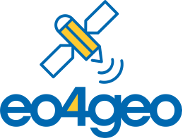

CopHub.AC[link]
The vision of the Horizon 2020 project CopHub.AC is to establish a long-term Copernicus hub to consolidate and sustain the Copernicus Academy as a knowledge and innovation platform. To fulfill this several nodes will be created - like a new form of research briefs, knowledge landscape, outreach and sustainability. It will focus and link ongoing R&grave D activities in Copernicus-relevant academic fields and sustain the innovation process from academia to business on a high scientific and technical level. We have a clear commitment to a full thematic and geographic coverage for a Europe-wide boost in demand-driven uptake of space technology and geospatial information.


Aosta Digitale - Innovation for history[link]
The Aosta Digitale Project, selected as part of the pre-commercial contract promoted by the Single Central Commission of the Autonomous Region of Valle d'Aosta for the enhancement of cultural heritage, provides an interactive discovery and fascinating itinerary of Aosta City where access to cultural heritage coincides with the experience of exploring, investigating and understanding of the re-connected sites in an innovative report that does not renounce the scientific value of information, but rather declines in an informative format for a broad audience. Aosta Digitale offers two tools to end-user: a video game (an interactive application developed according to the principles of gamification to explore Aosta remotely) and the “Interactive Map” application, which serves as a "compass" and "magnifying lens” to move around Aosta and learn about the city's main cultural beauties even following suggestive thematic routes. The project is conducted by Geocart S.P.A. with the partnership of Effenove s.r.l.s., and the Department of Mathematics, Computer Science and Economics (DIMIE) of Basilicata University (UNIBAS) was a research consultant for the design and implementation of the Interactive Map application that represent the exploration engine. The discovery of the cultural treasures the city embraces is ensured through access to various features and application of interactive content. The three applied technologies include: Inter-connected Augmented Reality, Immersive Virtual Reality and 3D Audio.
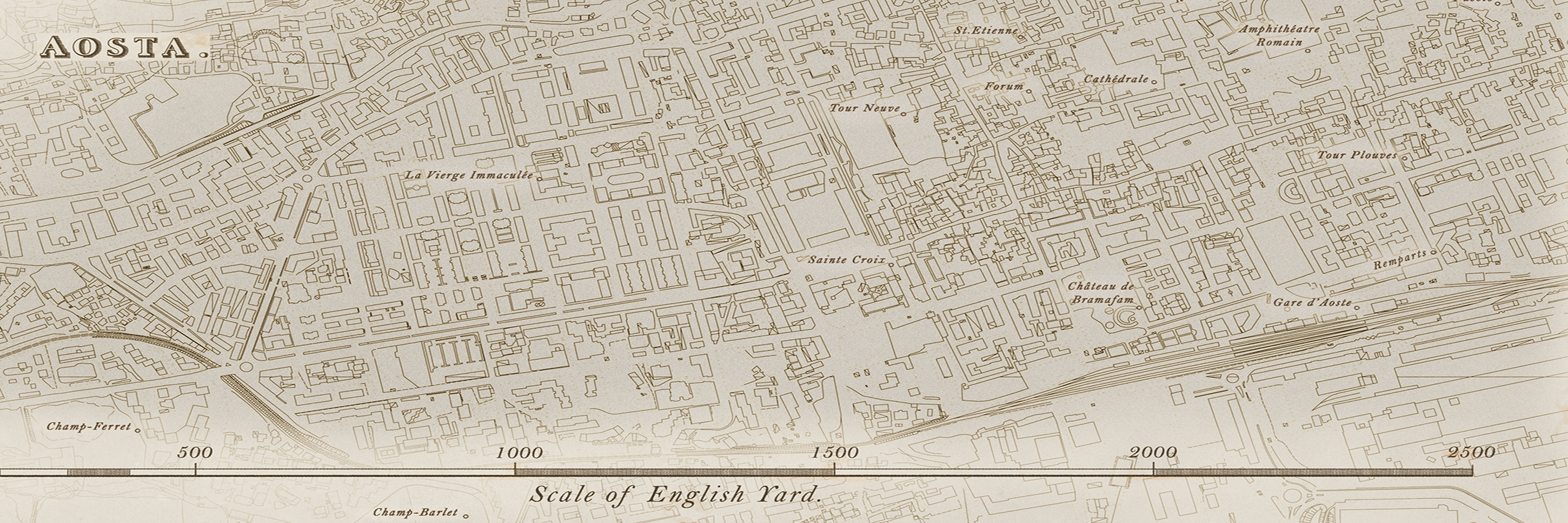
Predictive Diagnosis[link]
Industrial Research and Experimental Development Project - "Sistemi Innovativi per Motori a Pistoni Aeronautici (SIMPA)", conducted by CMD - Costruzioni Motori Diesel SpA, in collaboration with the University of Basilicata. The project scope is the development of innovative systems and new technologies to improve and enhance engine performance and safety. The project activities, in accordance with the specifications, concern the definition of the enabling technologies, the airworthiness constraints, and initial performance analysis with reference to the current engine architecture and in particular, thermo-fluid dynamics using numerical and engineering tools.

TRY IT ON[link]
TRY IT ON is research project financed by the MISE (Ministero dello Sviluppo Economico) in the context of "Fabbrica Intelligente, Agrifood e Scienze della vita" and conducted by Sautech S.R.L. It is an innovative virtual fitting system designed in collaboration with Youbiquo S.r.l. and DiMIE (the Department of Mathematics, Computer Science and Economics of the University of Basilicata), in particular with the Unibas Computer Graphics laboratory, TRY IT ON will allow consumers to try on clothing simply by looking in the smart mirror installed in the store or using your mobile device, in the case of online purchases. Once in front of the device, the special cameras made by Youbiquo will acquire the physicality of the person in real time and the system will reproduce the dress he intends to try on in a realistic and faithful way: the user will be able to evaluate not only the appearance exterior of the dress but also its fit, just as if you were actually wearing it.
BEGIN[link]
BEGIN, acronym for abBandono vErsus riGenerazIoNe (abandonment versus regeneration), is a project funded by ROP Basilicata (Southern Italy) ERDF 2014-2020. The Project deals with the theme of “ghost towns”.


YouBiQuo-Unibas
The convention between DiMIE (the Department of Mathematics, Computer Science and Economics of the University of Basilicata) and Youbiquo S.r.l. outlines a comprhresive plan for emphasizing advanced 3D scanning, body tracking, and gesture recognition technologies. It concerns an in-depth study of hardware and software solutions, prioritizing open-source options. The proposal then moves to the development of a hand gesture recognition library, with a focus on dynamic gestures, compatibility across platforms, and integration with Unity 3D. The adaptive approach includes exploring existing libraries like Google Mediapipe. In essence, the proposal maps a concise yet comprehensive path, integrating technological exploration and software innovation to advance 3D scanning and gesture recognition.


CTEMT[link]
The Casa delle Tecnologie Emergenti di Matera is established based on the MISE program supporting 5G emerging technologies. The program aims to implement experimentation projects, applied research, and technology transfer, focusing on the use of emerging technologies such as Blockchain, Artificial Intelligence (AI), and Internet of Things (IoT), linked to the development of next-generation networks. The plan is funded by resources from the 2014-2020 Development and Cohesion Fund, as outlined in the Investment Plan for the spread of ultra-wideband, as per CIPE Resolution No. 61/2018. Led by the Municipality of Matera, the project involves three scientific partners: CNR - National Research Council, Politecnico di Bari, and the University of Basilicata.

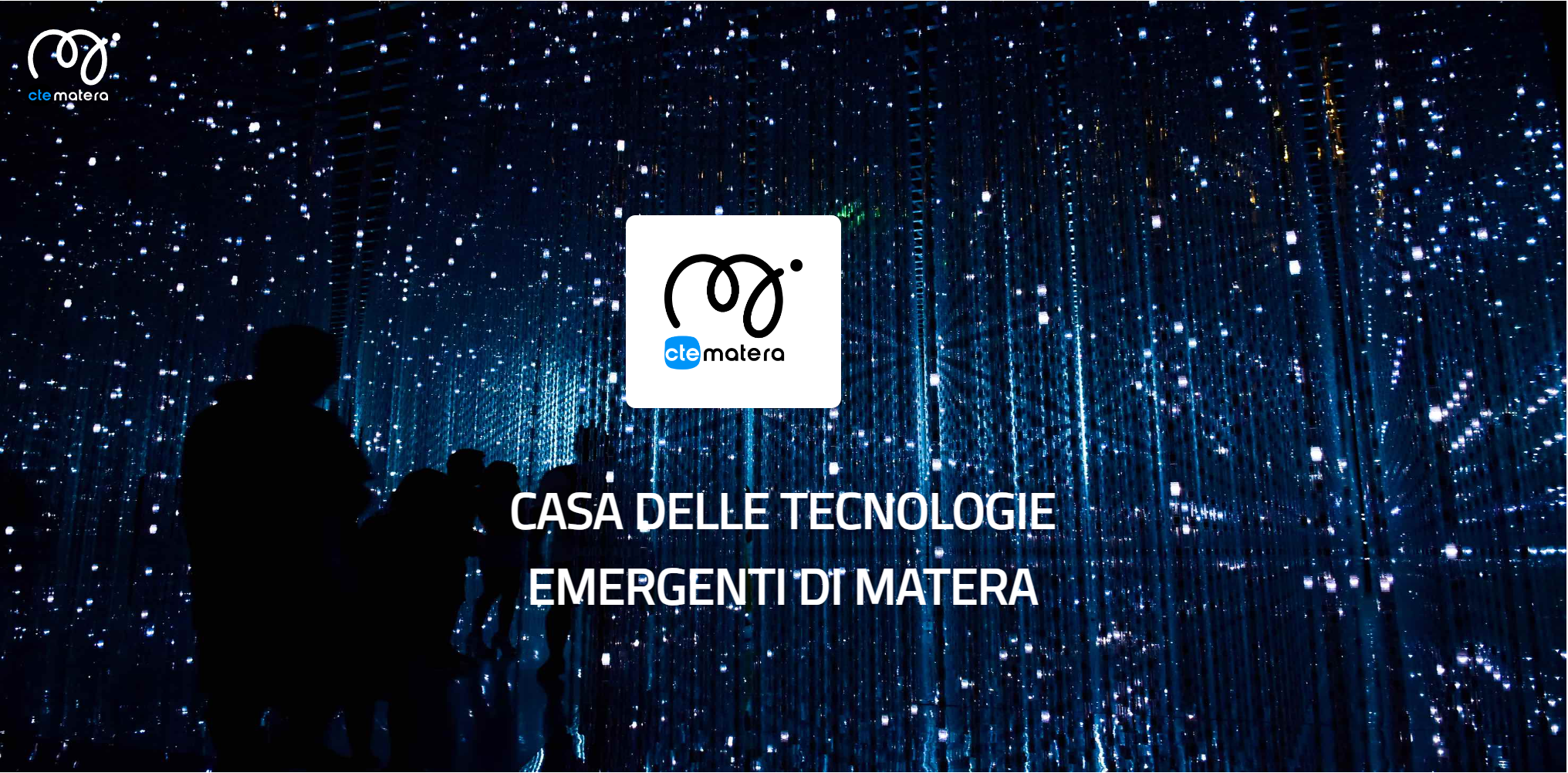
ARTISTA (Sautech - DiMIE agreement)
The convention proposal encompasses activities to be executed by DiMIE (the Department of Mathematics, Computer Science and Economics of the University of Basilicata) for the ARTISTA project in collaboration with Sautech S.R.L.. The plan includes a comprehensive study that will identify technological variations in hand modeling, tracking systems, and clay material modeling in virtual environments. Subsequently, algorithms for tracking and clay material modeling in immersive settings will be designed and implemented by providing support for a software prototype's development with the output focusing on integrating applications for virtual artisanal laboratories and 3D clay artifact modeling within the complete software prototype. In essence, the initiative encompasses knowledge transfer, technological exploration, algorithm development, and software prototype assistance, aiming to create an immersive virtual environment for clay modeling and artisanal processes.

